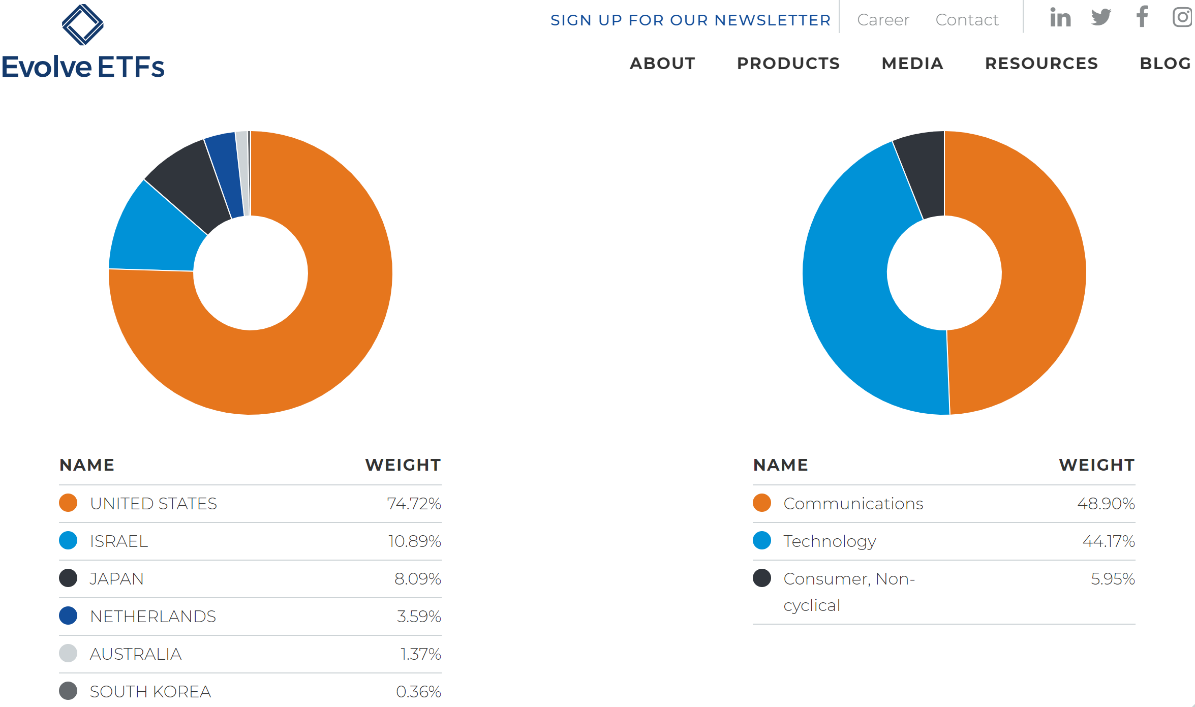Jan 7, 2019
Larry Berman: To protect your portfolio in 2019, should you go active or passive?
By Larry Berman

In my 2019 forecast, I’m on record calling for a recession to play out into a 2020 market bottom. The market behaviour in December is likely a warning to what 2019 could look like. As always, sticking your head in the ground in denial is not the right strategy. We are going to spend the next several weeks looking at active versus passive investing in terms of what the best strategies might be for your portfolios.
To kick off the year, we have Evolve ETFs President and CEO Raj Lala to talk about the firm’s unique and interesting lineup of both active and passive (index-based) ETFs.
The main differences between active and passive are costs:
- Passive ETFs tend to have lower management fees (MERS).
- Active ETFs have the potential to generate above (or below) passive index returns. Underperforming (after fees) a passive low-cost index is a hidden cost of investing.
- Active ETF costs should primarily be compared to active mutual fund costs, not simply to passive index costs.
We can also use passive low-cost indexed-based strategies to make active asset allocation decisions. We’ll discuss that more next week. Evolve ETFs have some very interesting exposures that should do well in the long run. Active fixed income, for example, will be very important with yields likely to stay low for decades perhaps. They have a Canadian (FIXD) and global (EARN) active fixed income ETFs. Click here for a list of all their ETFs.
I’m particularly interested in CYBR cyber security. I see a future where all currency is electronic (no more paper or coins), making cyber security among the most critical aspects of the future of commerce. With all the cyber hacks today, it’s already a huge growth sector. Currently, most of the companies in this industry are in the U.S., Israel and Japan. Canada currently does not have any public companies that develop cyber-fighting technology. ETFs are a great way to play this sector in particular. It will be very difficult to determine which company is the winner.

On the healthcare front (I’m mixed on calling marijuana health care), there is the agricultural aspect of growing and the medical side of cannabinoids. Those that were using THC to get high when it was illegal are not likely to be where the growth of this marketplace is, which is the healthcare space. From someone who has suffered from inflammation and arthritis for decades, I can’t wait for better pain management solutions.
ETFs continue to be the best tools for asset allocation in portfolios. I strongly encourage use of ETFs focusing on asset allocation over security selection to grow and protect your portfolios.
Follow Larry online:
Twitter: @LarryBermanETF
LinkedIn Group: ETF Capital Management
Facebook: ETF Capital Management
Web: www.etfcm.com








